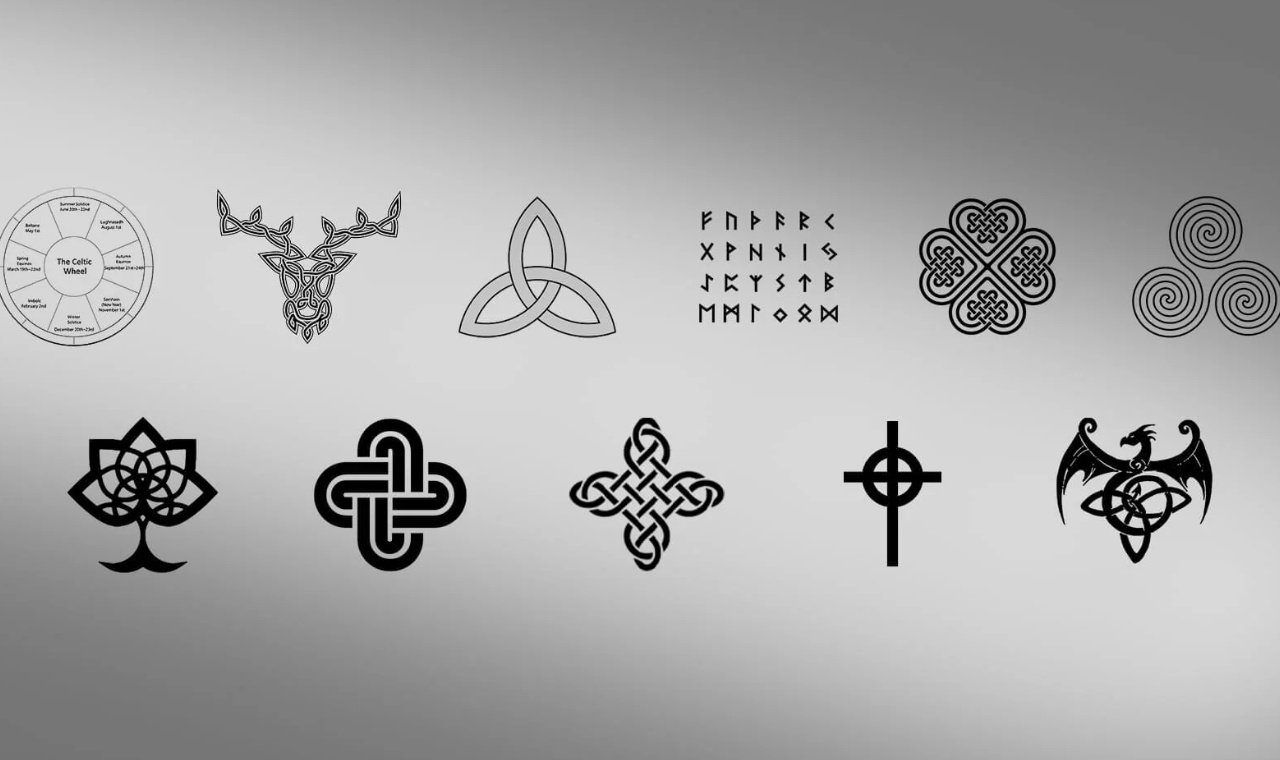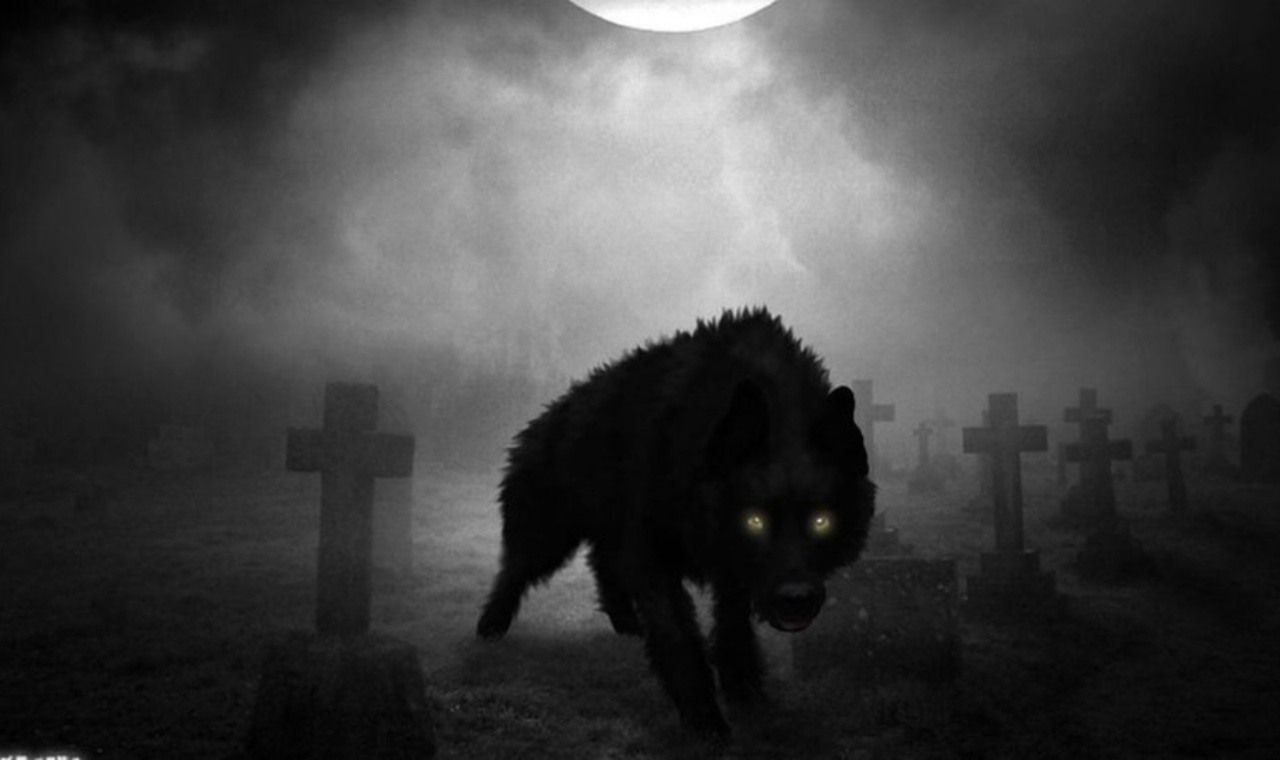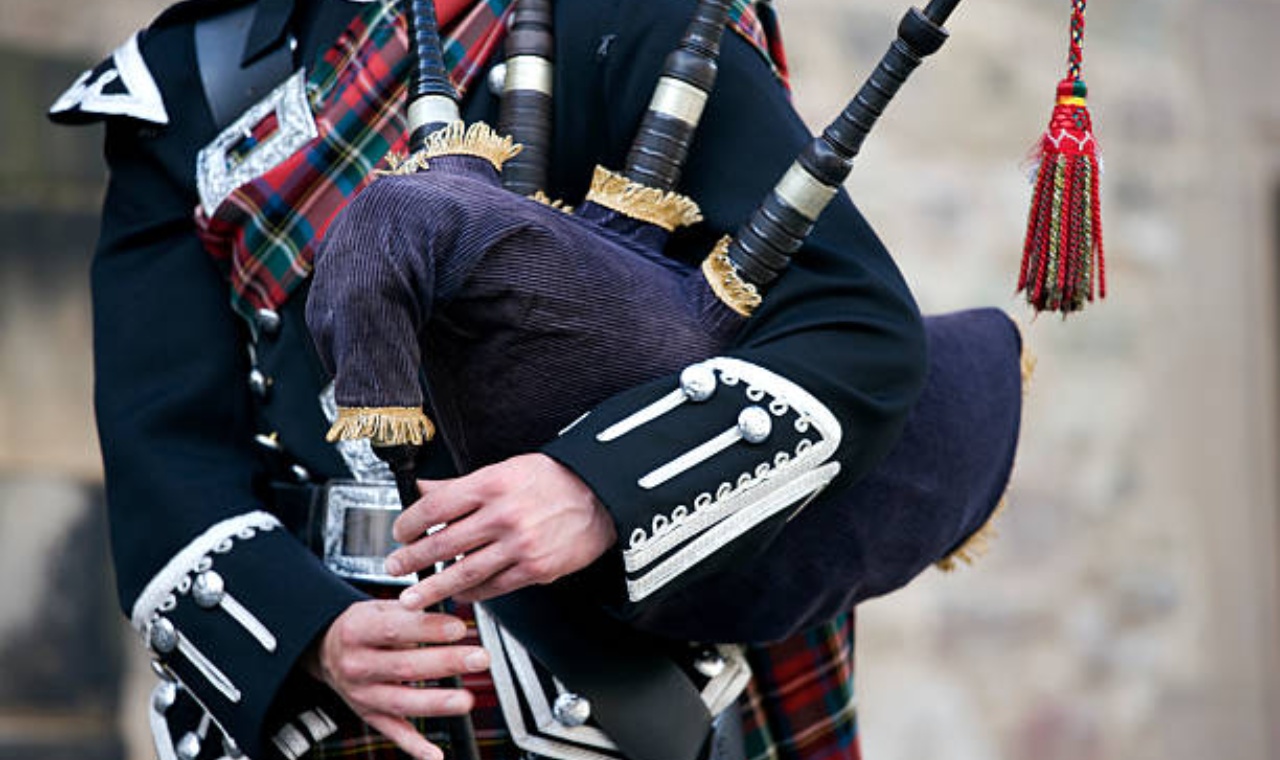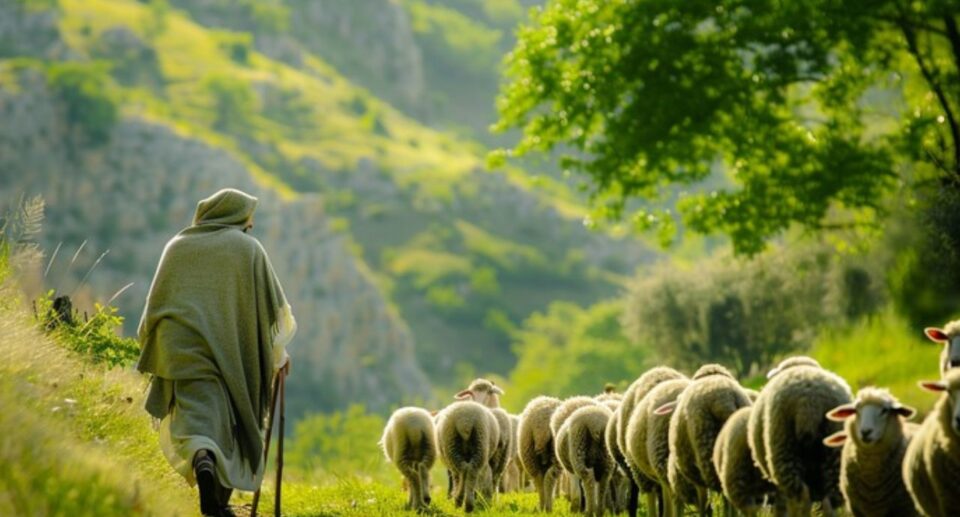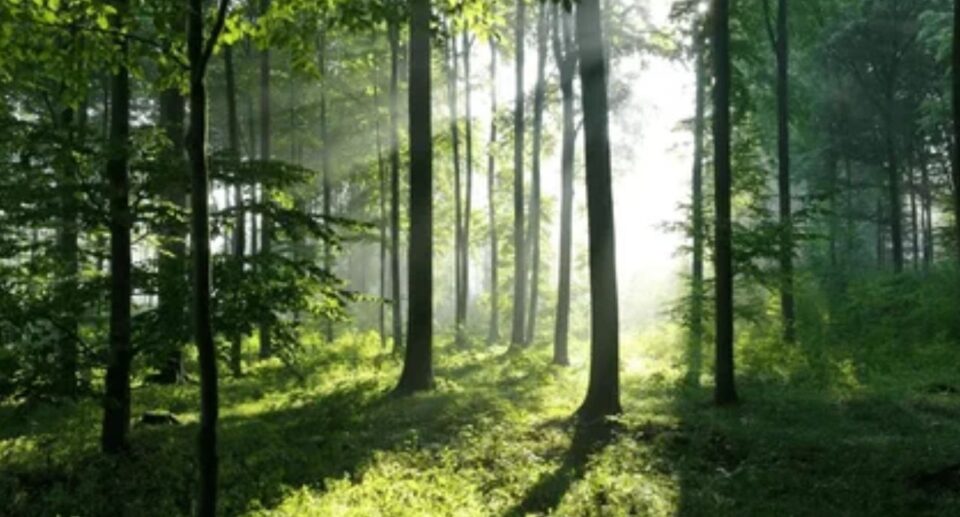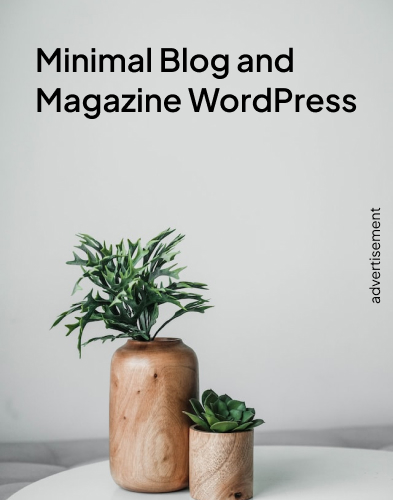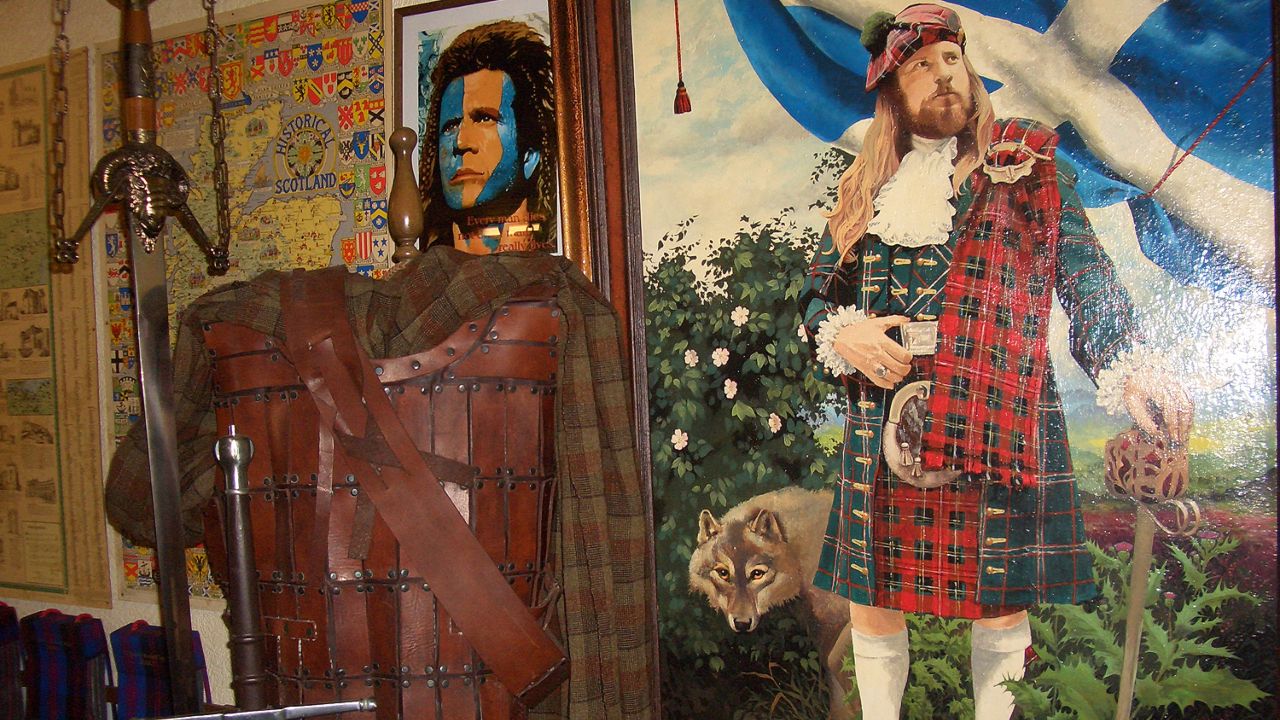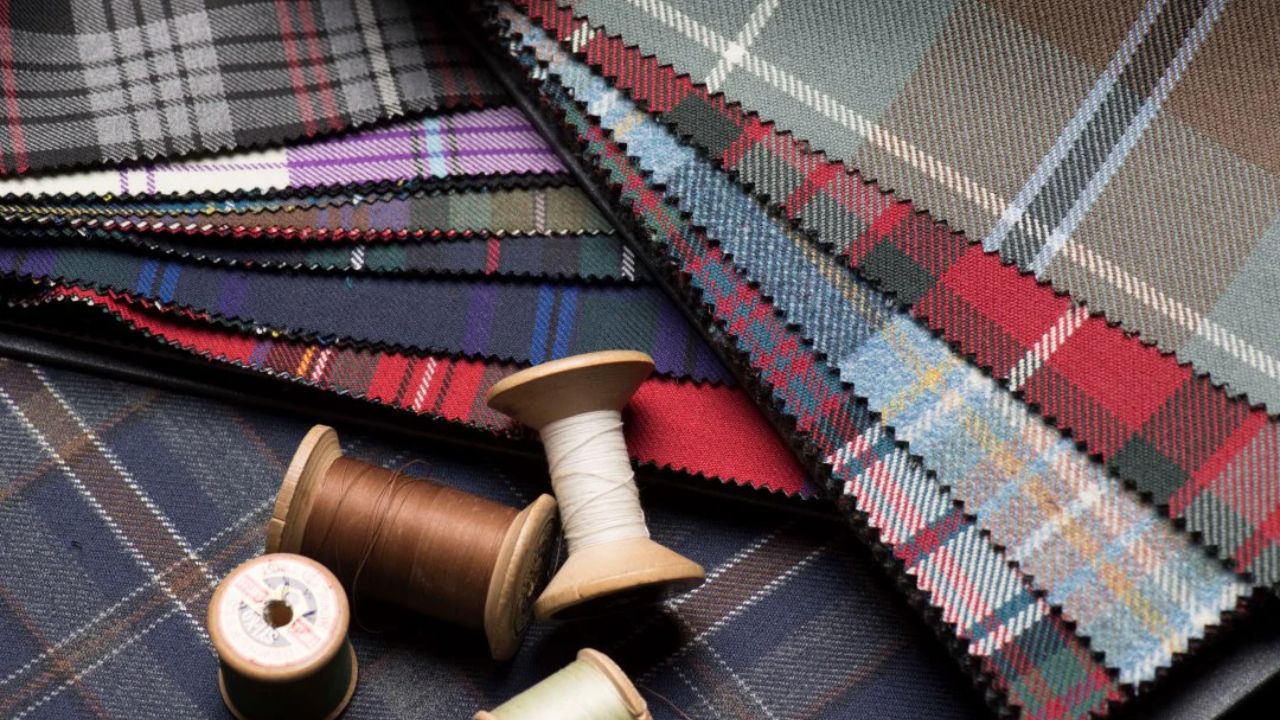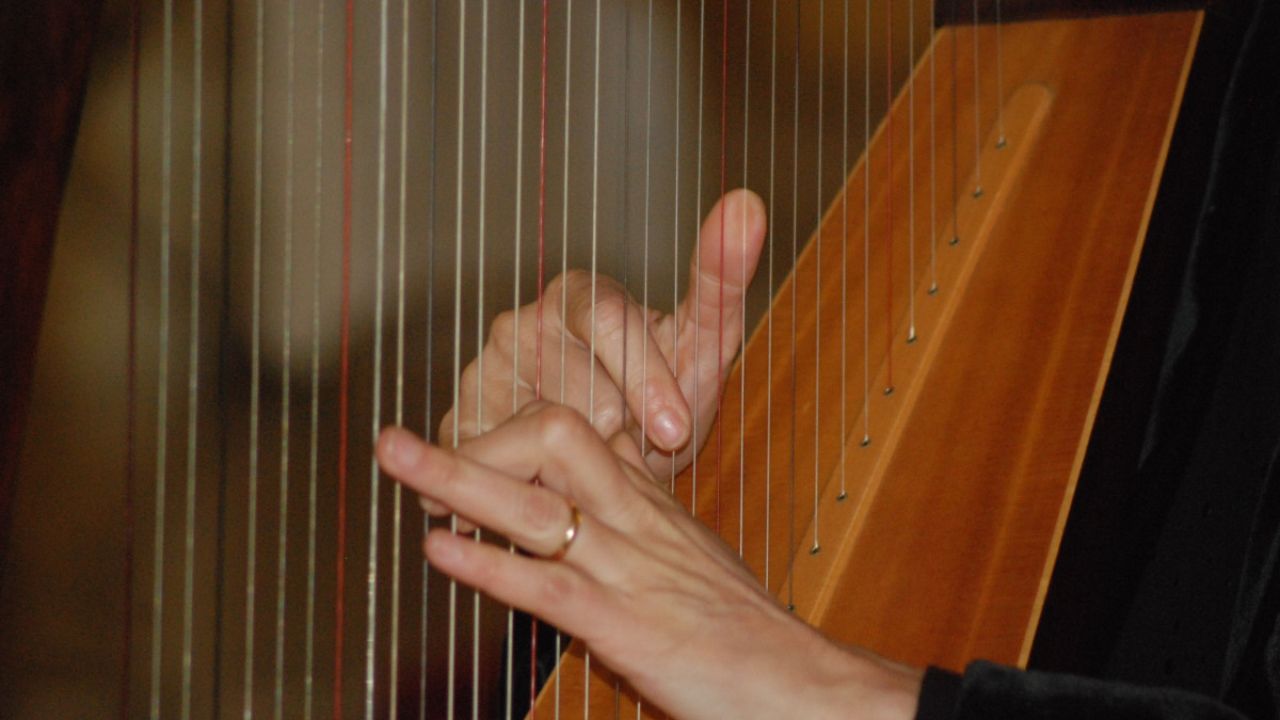Irish Whistle Tunes: The Soulful Breath of Celtic Music
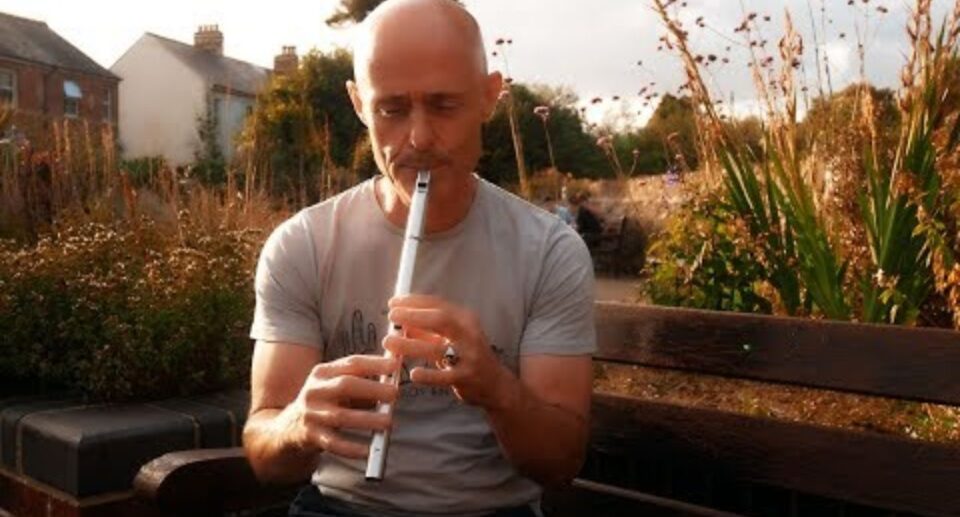
Few sounds capture the soul of Ireland like the clear, silver voice of the Irish whistle known affectionately as the tin whistle. Its melodies drift through old stone villages and windswept cliffs, carrying echoes of both joy and sorrow.
The Irish whistle is more than a musical instrument, it’s a storyteller. Each note, light as air yet steeped in memory, tells a tale of the land and its people, much like the oral traditions discussed in Why Irish People Are Natural Storytellers.
Origins of the Irish Whistle
The Irish whistle’s history is as humble as its sound is haunting. Early versions date back to the 12th century, when simple wooden flutes and bone whistles were used in festivals and folk gatherings.
By the 19th century, industrial manufacturing made metal whistles accessible to rural families, turning them into a staple of Irish folk culture. They became the “people’s instrument”—portable, affordable, and deeply expressive.
Like the Clarsach, or Celtic Harp, the whistle found its place in storytelling, dance, and devotion—its voice both intimate and communal.
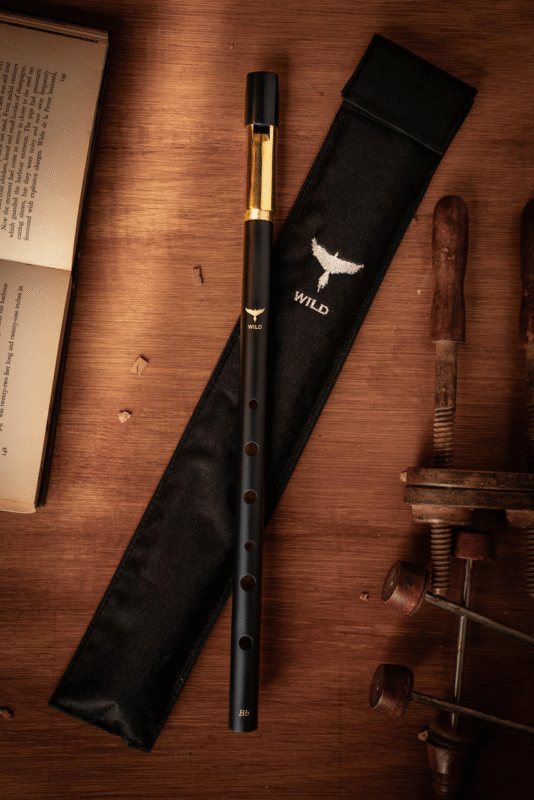
The Music Itself: Joy, Lament, and Legacy
Irish whistle tunes are remarkably versatile. A single instrument can evoke laughter in a jig, reflection in an air, and triumph in a reel.
Some of the most beloved forms include:
- Jigs: lively 6/8 rhythms that make the feet move instinctively.
- Reels: fast-paced and vibrant, often performed with Ceilí Bands.
- Airs: slow, melodic, and deeply emotional—songs of longing and remembrance.
Each tune carries the emotional weight of Irish history, resonating with the endurance seen in The Influence of the Irish Potato Famine. Even joy, in Irish music, is never entirely without its melancholy.
Technique and Tradition
Mastering the Irish whistle requires more than fingering and breath—it demands an ear tuned to ornamentation. Players add subtle flourishes such as:
- Cuts and taps: quick grace notes that add lift.
- Rolls: a smooth embellishment of three rapid notes.
- Slides: gentle transitions that mimic the human voice.
These techniques transform simple melodies into living narratives, echoing the emotive phrasing also found in Fiddle Music.
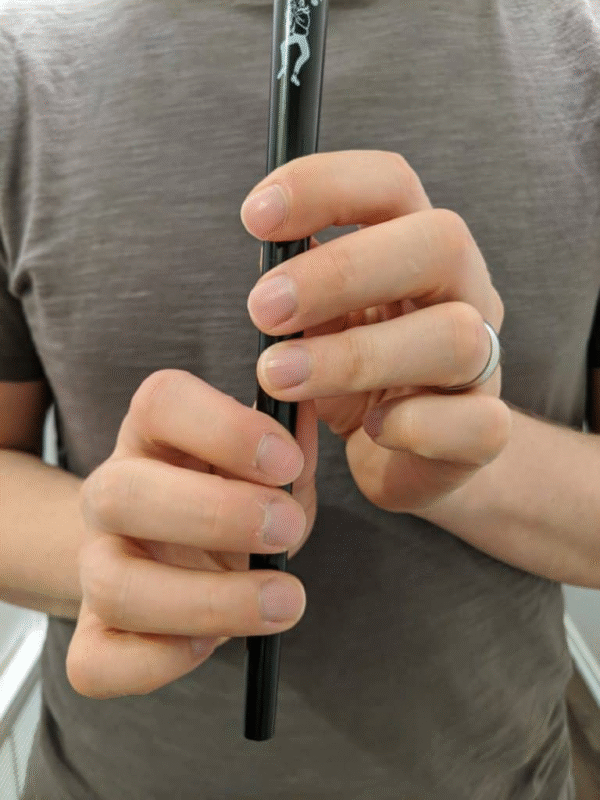
Whistle Tunes and Community Life
The whistle remains central to Irish community gatherings, from small pubs to grand festivals. During sessions, musicians gather to improvise, share stories, and blend instruments like the fiddle, flute, and bodhrán—the rhythmic heart of Irish folk, featured in The Bodhrán Drum.
For many Irish children, learning the whistle is a rite of passage—a first connection to heritage, much like the songs described in Gaelic Children’s Lullabies.

Whistle Tunes Through the Ages
From the early laments of Gaelic poets to the modern Irish folk revival, the whistle has transcended time. Artists such as Mary Bergin and Paddy Moloney of The Chieftains have brought its ethereal tone to global audiences.
Modern composers weave it into film scores and contemporary Celtic music, keeping the tradition vibrant. Even today, in the stillness of rural Ireland, the whistle’s voice remains unmistakable—a symbol of identity, emotion, and continuity.
Cultural Meaning: A Voice of the Celtic Soul
The whistle’s simplicity mirrors the Celtic worldview—beauty in modesty, emotion in restraint. In ancient symbolism, breath represents life and spirit, and the whistle channels that life through music.
It’s an art form that unites generations: from shepherds on remote hills to contemporary musicians in bustling Dublin pubs. The whistle is not just heard—it’s felt, much like the spiritual resonance found in Irish Holy Wells.
Conclusion: The Breath That Carries a Nation’s Song
Irish whistle tunes capture something profound—the delicate balance of sorrow and joy that defines the Irish heart. Each melody, born of wind and will, reminds us that tradition lives not in the past, but in every breath drawn for music.
From the first hesitant notes of a beginner to the soaring phrases of a master, the Irish whistle continues to breathe life into Ireland’s cultural soul.
To explore more about Ireland’s music, traditions, and storytelling, visit our Music & Dance Archive on CeltGuide.com.

